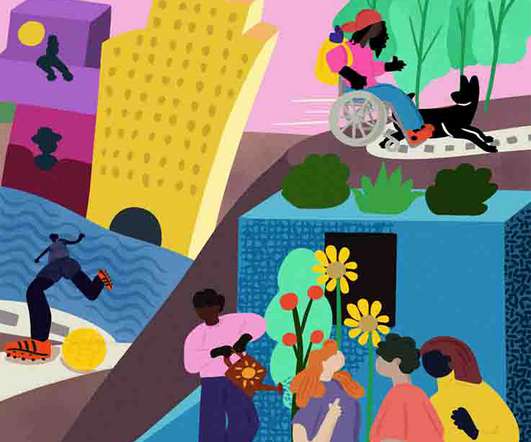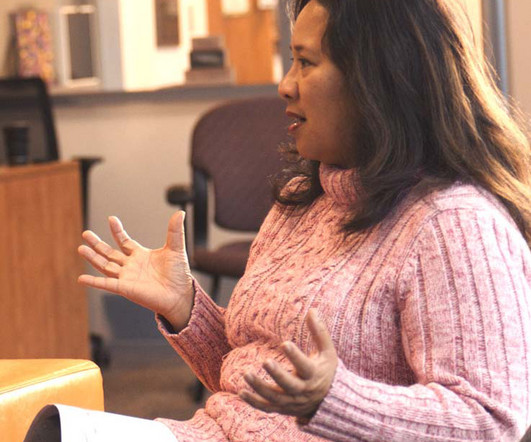The Other Maternal Health Crisis: Black Birthing People’s Mental Health and Wellbeing
NonProfit Quarterly
APRIL 15, 2024
Image credit: Isabella Angélica on unsplash.com The dismal statistics on maternal health outcomes in the United States are well-known in health justice, health equity, and health philanthropy circles. Though poor maternal mental health can affect all women, the rates are higher for Black and Indigenous women.



















Let's personalize your content